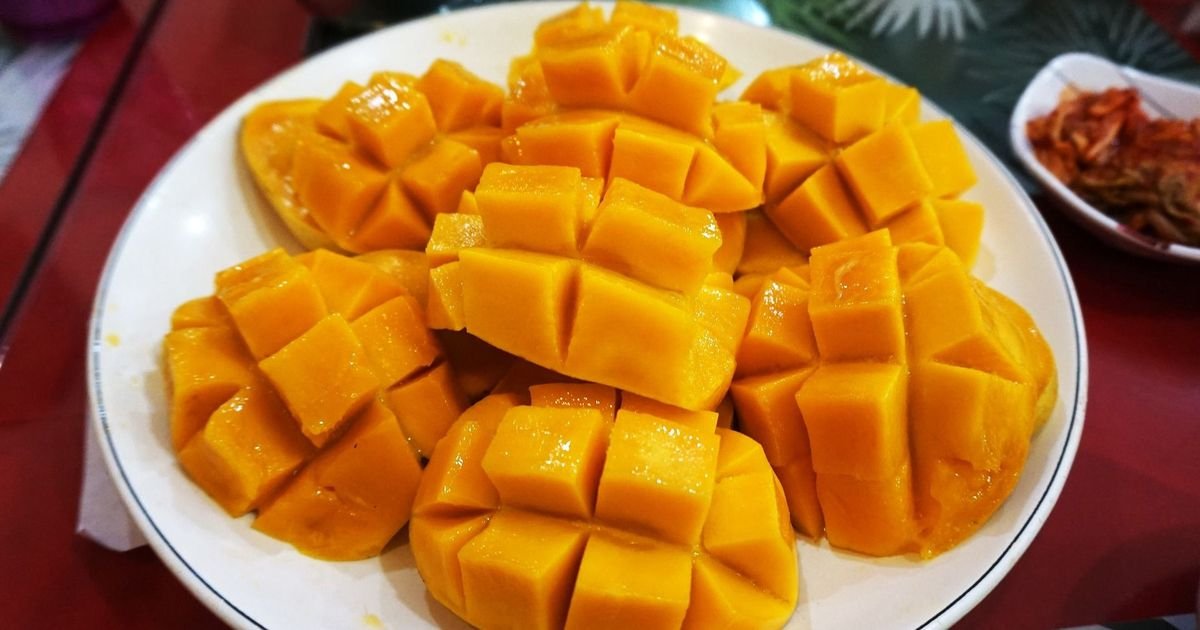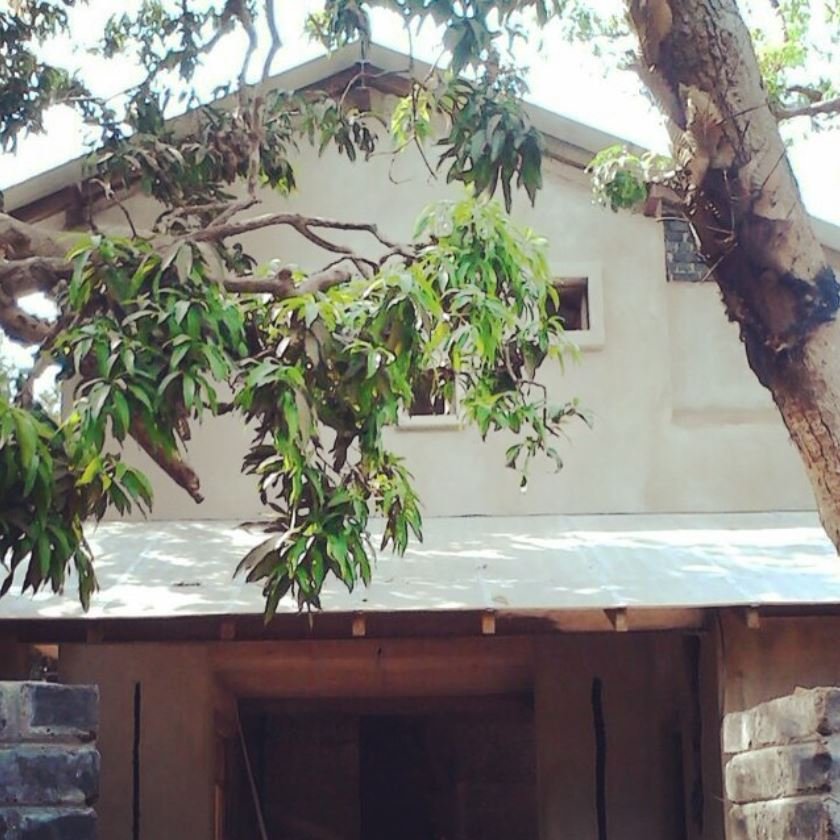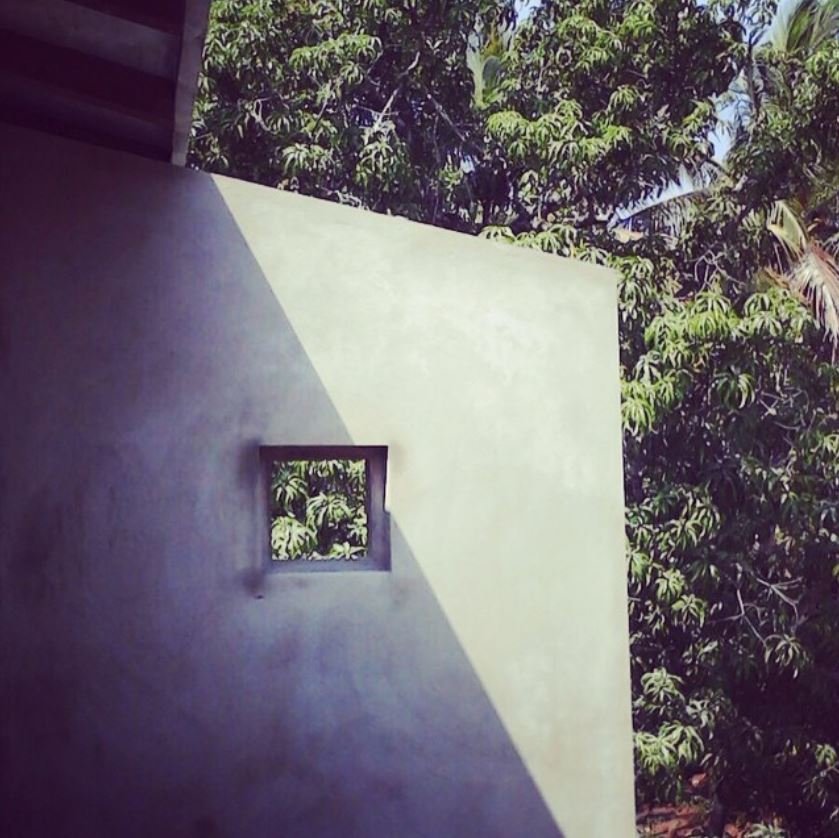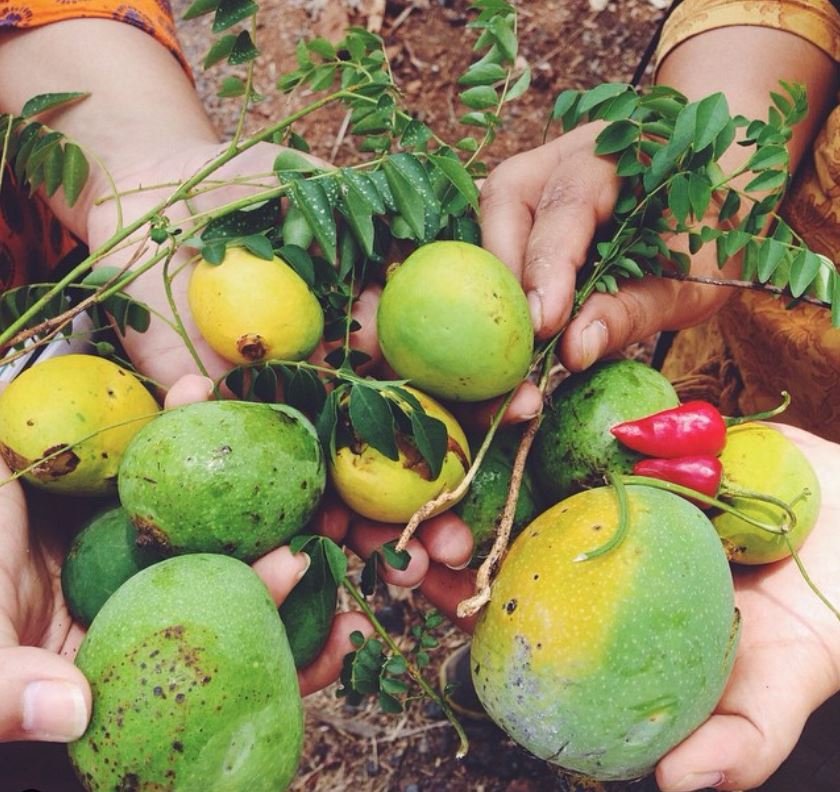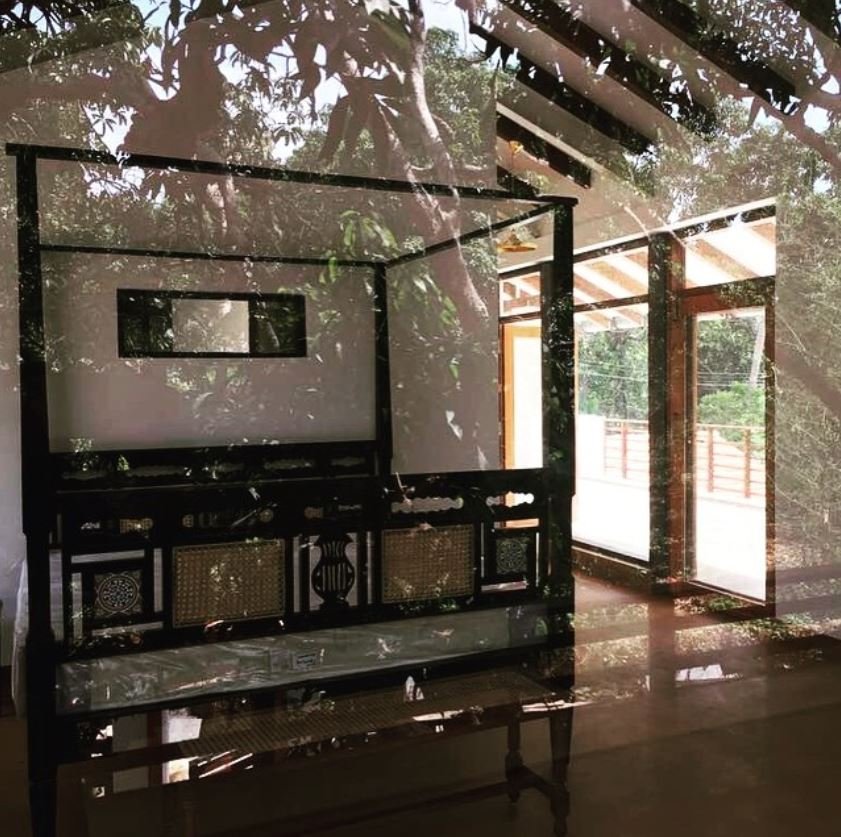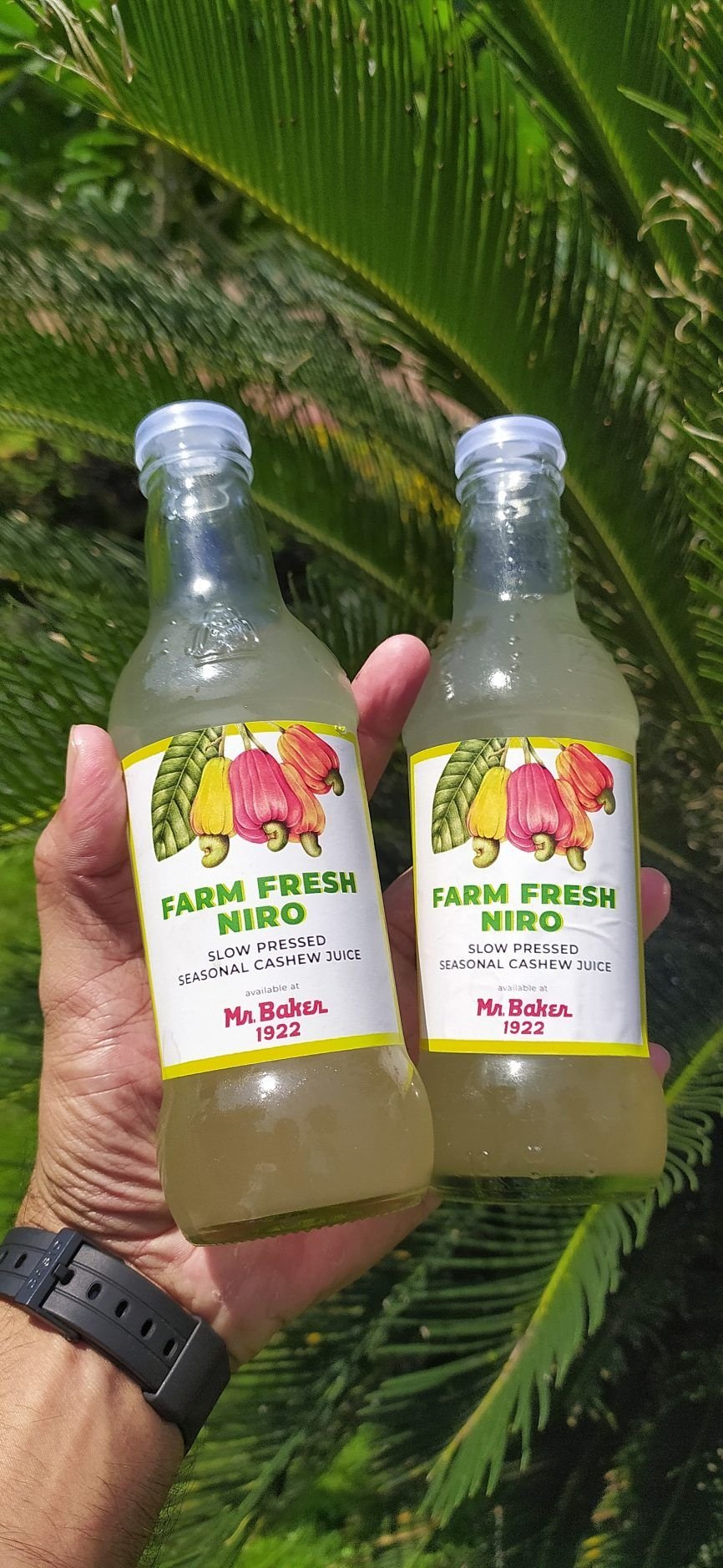Cherry tomato saplings in the nursery
Step 3 after planting the nurseries is to plan the farm for final planting. What plant goes where depends on quality of soil, availability of water and (very importantly) amount of sun. I am told that root vegetables do very well is sandy soil, and leafy vegetables and herbs will thrive even in partial sun whereas most other vegetables like tomatoes, eggplant require full sun.
Since Yogi Farms is an organic farm, they try to reduce the use of active pest control. One effective strategy according to Karan is to plan to grow different plants in adjacent rows rather than have a large patch of the same type of plant or vegetable. Karan explains that this strategy confuses the pests (as I guess different pests like specific plants/ veges). Plus, he also says that if one pest does find his way to his favorite plant, then that means that he stays away from the others surrounding it as they are of a different variety (which implies that the infestation is controlled). At Yogi farm, they typically plant in rows of 7 types consisting of gourds, beans, leafy, fruity, root, cole, and herbs. These rows are successively repeated over the area of the farm.
Saplings are generally ready for planting within 20-25 days of seeding the nursery. Karan and Yogita have developed a method of hardening the saplings before transplanting so that the transplantation is successful and the delicate saplings don't die from the shock of being removed and replanted. One rule is to transplant only in the evening which ensures minimal moisture loss during the first hours of transplant. They also begin to reduce the amount of water given to the sapling from a week before it is to be moved. The amount of water is slowly reduced such that on the day before the transplant the sapling is not watered at all. Karan says that this kicks in the survival spirit in the saplings and they can endure the move better :)
Before transplanting, the soil beds need to be prepared. In general, the beds are raised (here is why). At Yogi Farms, they typically maintain 2-3' wide planting beds that have walking paths on both sides. The farmers ensure the quality of soil by mixing with compost and removing any big stones. Each sapling in planted with at least a foot in between so they have enough room to grow.
Just before transplanting, the saplings are kept in water that is mixed with Trichoderma, a type of good fungus for sapling roots that keeps away the bad fungus.
To transplant:
1. See Yogita preparing the bed by removing stones and leveling the earth. (Yes, those are giant gourds in the background).
